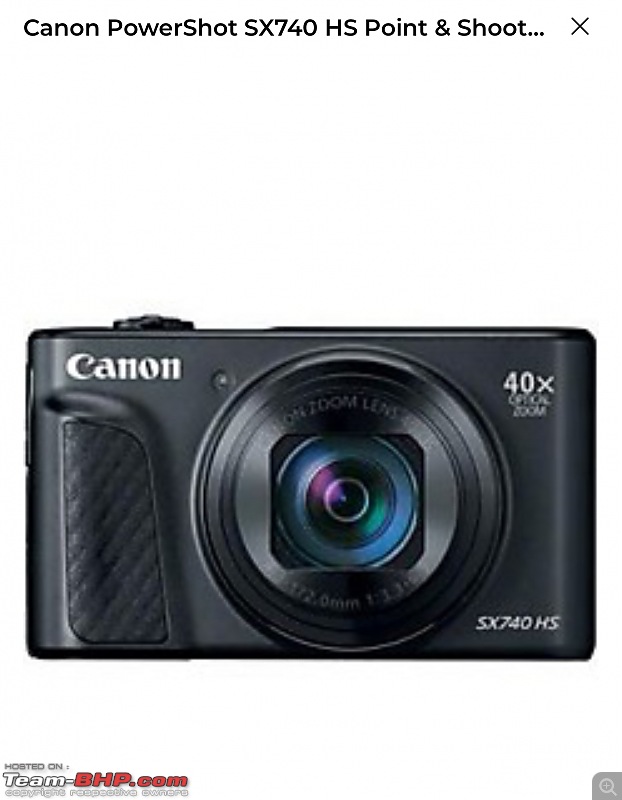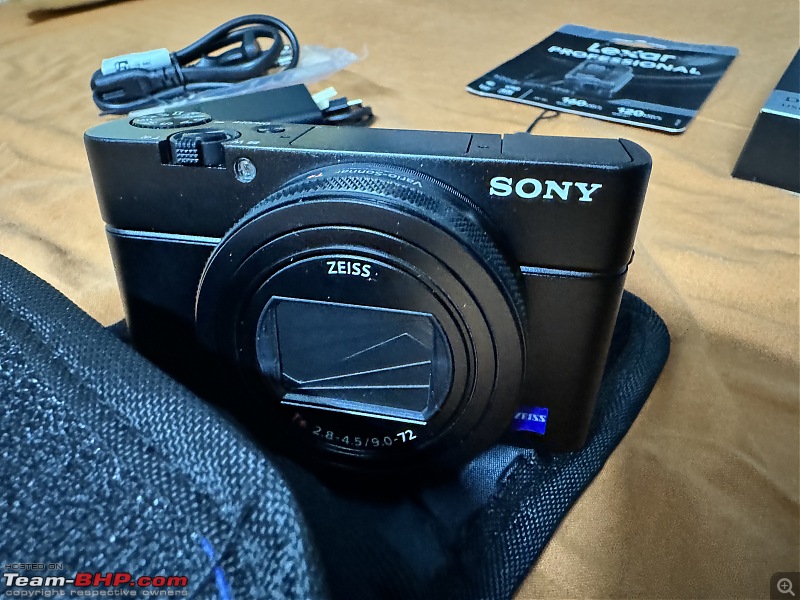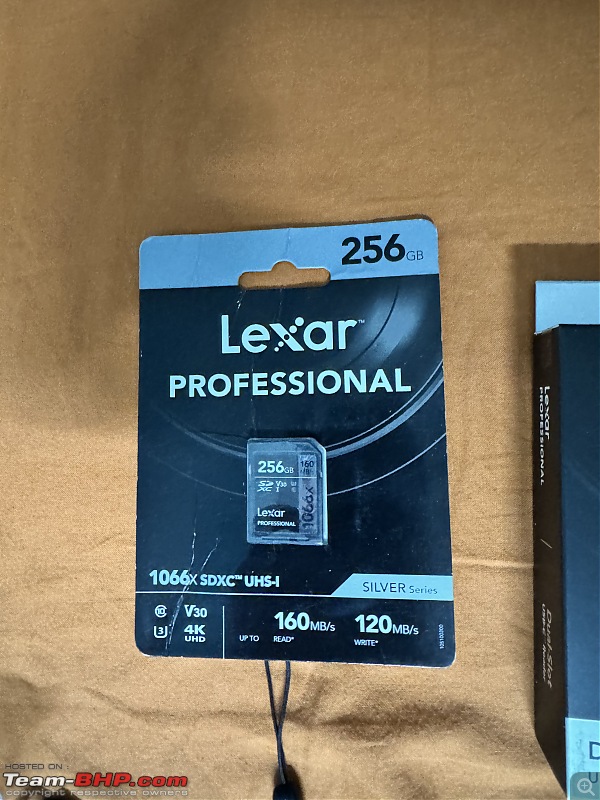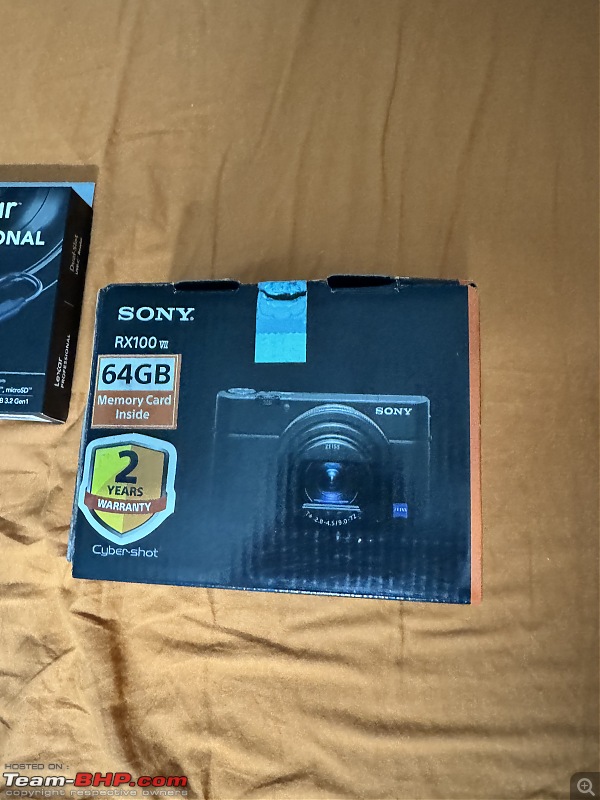Quote:
Originally Posted by amitoj  Oh I just thought of this. The dSLR vs Phone camera discussion is similar to manual vs automatic transmissions, isn't it? One is for those who enjoy the process of it and the other is for those who are more focused on the end results. I am simplifying but the parallels are uncanny. |
I would have to disagree with this. The differences between a phone camera and a proper DSLR or a Mirrorless camera are far greater and fundamental than just the same car with manual or automatic transmission. In case of the car analogy, both types of transmission will achieve the same end result, but just a different method of reaching there. That is not true with the cameras.
I would say a more accurate analogy would be that of a quick and convenient scooter for short city runs (a phone camera) vs a big, fat, cumbersome SUV (a proper camera) that can take you to places a scooter will never take you to. And just like in one garage one could have both vehicles and use them for different purposes, one typically uses a phone camera and a DSLR for different purposes.
For the last 3 years, I have traveled a lot with both a phone camera and a proper camera (APSC DSLR and now a Full-Frame Mirrorless) and I have taken many photographs with both types in a given location. And I still find both of them useful in different ways.
Phone cameras are great for a quick photo of a wide angle scene (or a short telephoto, upto about 75mm focal length equivalent, but with much worse image quality) and with artificially enhanced colors and overprocessed details. On the other hand, a proper camera is great for composing a telephoto shot, choosing your preferred Depth of Focus, and shooting in RAW and doing the full post processing per your own taste.
The end results are dramatically different. Way more different than just the transmission type in a given car. You reach very different places in the end. The whole journey and the destinations are different.
The biggest difference is in the compositions, which is the heart and soul of photography. A DLSR with properly chosen lenses allows great freedom over choosing compositions which a phone camera (even with the telephoto lenses on phone camera) does not allow. In fact, if you see many phone camera photos from many people over time, you will quickly start seeing the same generic compositions (all determined by the typical wide angle lenses or a very limited telephoto lenses on those cameras), and the artistic elements in the composition quickly take a backseat and you have tons of generic images which all look the same. The compositions can get extremely predictable with a phone camera.
For example, in a wildlife safari, I love to use phone camera for quick landscapes or wide-angle shots of the forest. And I will get those predictable jungle photos. Even in the jeep safari which is jumping all over the track, pulling out a phone from your pocket and taking a quick photo is super convenient, and I love that.
But when you see a composition of a lovely path and the trees in the distance, and you want to focus on a few front trees and the path and want to defocus the rest, phone camera is totally useless. That is where you pull out your proper camera and choose the lens and the settings and capture your perfect shot. And then go home and post process it to your taste. Tow very different types of photography experiences.
Besides compositions, the second biggest difference is colors and the details. Even the best of the phone cameras today still do not accurately capture finer shades of color as a proper modern camera would do. And the details, if you look closely enough, are messed up a bit in the processing of images even in the best of the phone cameras. Of course, these are very subtle things and these do not matter in most cases, but when these do matter, the phone camera will fail you. So when you want to capture some fine shades of colors and some fine details accurately, you have to use a proper camera.
An example of the above point is how sky is captured by phone cameras in landscape photography. You can easily see some artifacts of over-processing in sky even by the latest iPhones or the state of the art Android phones. I am very particular about how sky should look in my photos, and I often get frustrated with the way a phone camera captures sky. A proper camera with RAW image is a way better option to capture the colors and the details of the sky accurately.
Next, one could argue that one can shoot in RAW even in phone cameras, and do the processing themselves. I have tried that too. But there, I found that RAW images in phone camera are often so poor and require so much post processing to achieve decent results, that it is best left to the AI magic or the algorithmic magic in the phone to do that. Phone software do amazing amount of work in post processing very ordinary RAW images into a nice final picture, but that still is not close enough to what a good human photographer can do with a nice camera and manual post processing.
I love both types of cameras and in most of my trips, I use both cameras a lot. And based on my experiences over three years, I would say they are very very different. More like a scooter and a Jeep, as I said before.
 (1)
Thanks
(1)
Thanks
 (1)
Thanks
(1)
Thanks

 (3)
Thanks
(3)
Thanks

 (10)
Thanks
(10)
Thanks

 (6)
Thanks
(6)
Thanks
 (2)
Thanks
(2)
Thanks

 (2)
Thanks
(2)
Thanks
 (1)
Thanks
(1)
Thanks
 (2)
Thanks
(2)
Thanks
 (3)
Thanks
(3)
Thanks
 (4)
Thanks
(4)
Thanks
 (1)
Thanks
(1)
Thanks
 (2)
Thanks
(2)
Thanks











